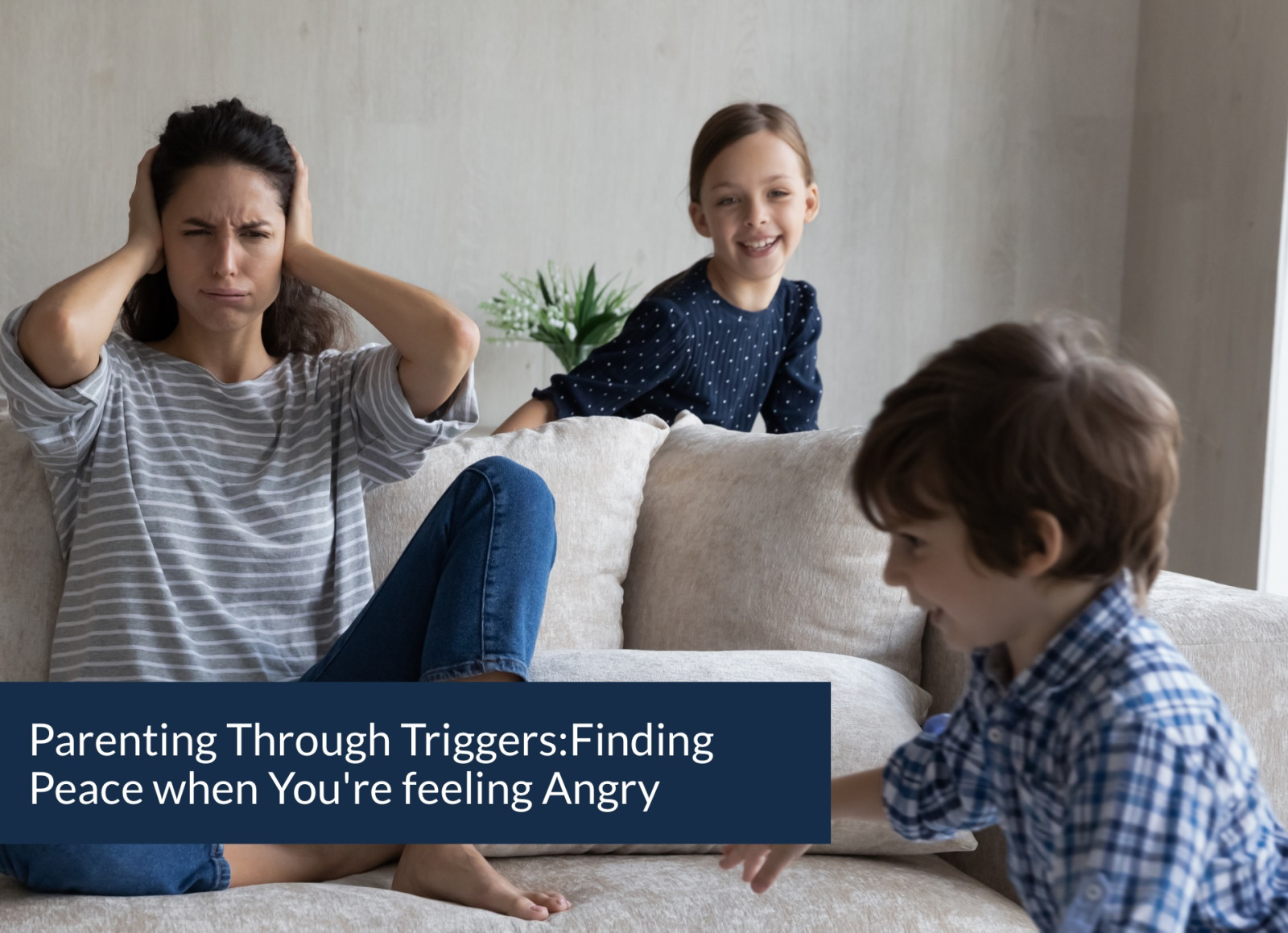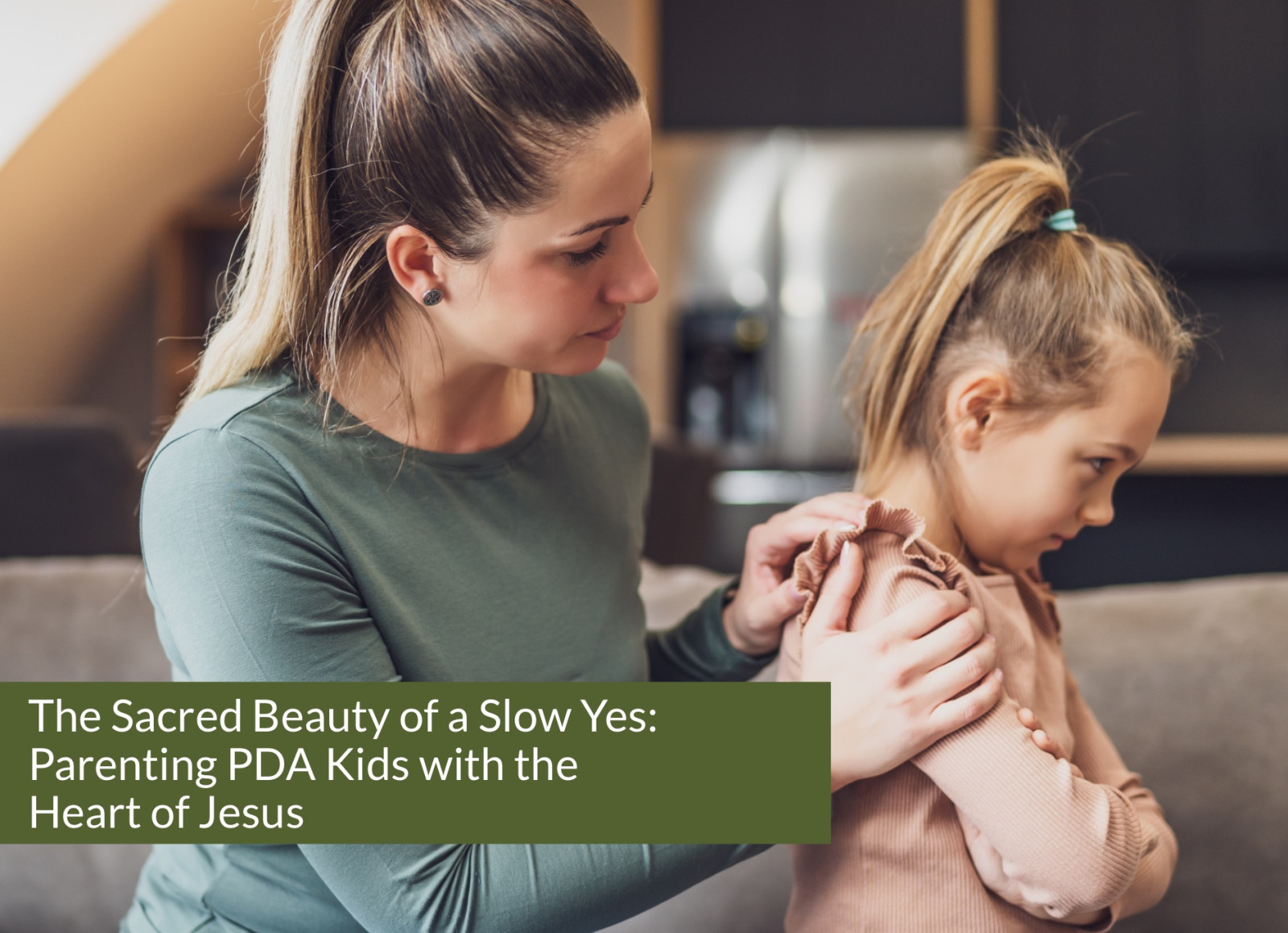We’ve all heard it: “I’m bored!” It can be frustrating, especially when your kids have everything from toys to books to art supplies at their fingertips. But instead of jumping in with solutions or giving them a screen, let’s explore some gentle and respectful ways to respond. Here are some ideas to help your young ones discover creativity and independence—even when they’re feeling restless.
Read more...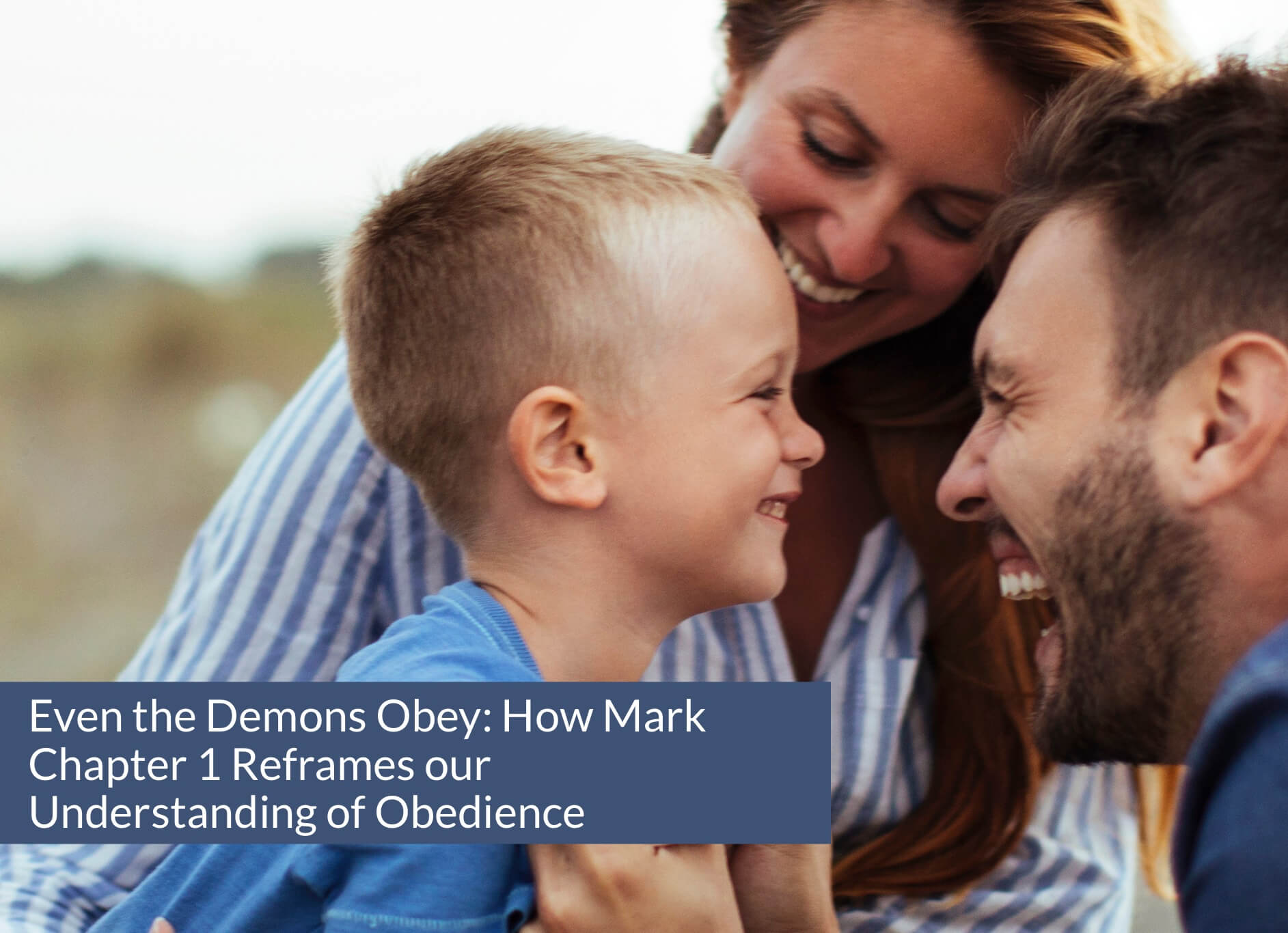
This past summer, I found myself snuggled up on the couch with my boys, starting our day with a morning Bible reading. We were in Mark 1:21-27, reading about Jesus' authority over unclean spirits. My boys were tucked under blankets, their curious faces peeking over the tops of their Bibles as they read along with me. I could feel the warmth of their little bodies pressed close, and it was one of those moments that feels both holy and ordinary at the same time. As I read aloud about how even the demons obeyed Jesus, I was struck by the weight of those words in a way I hadn’t been before.
Read more...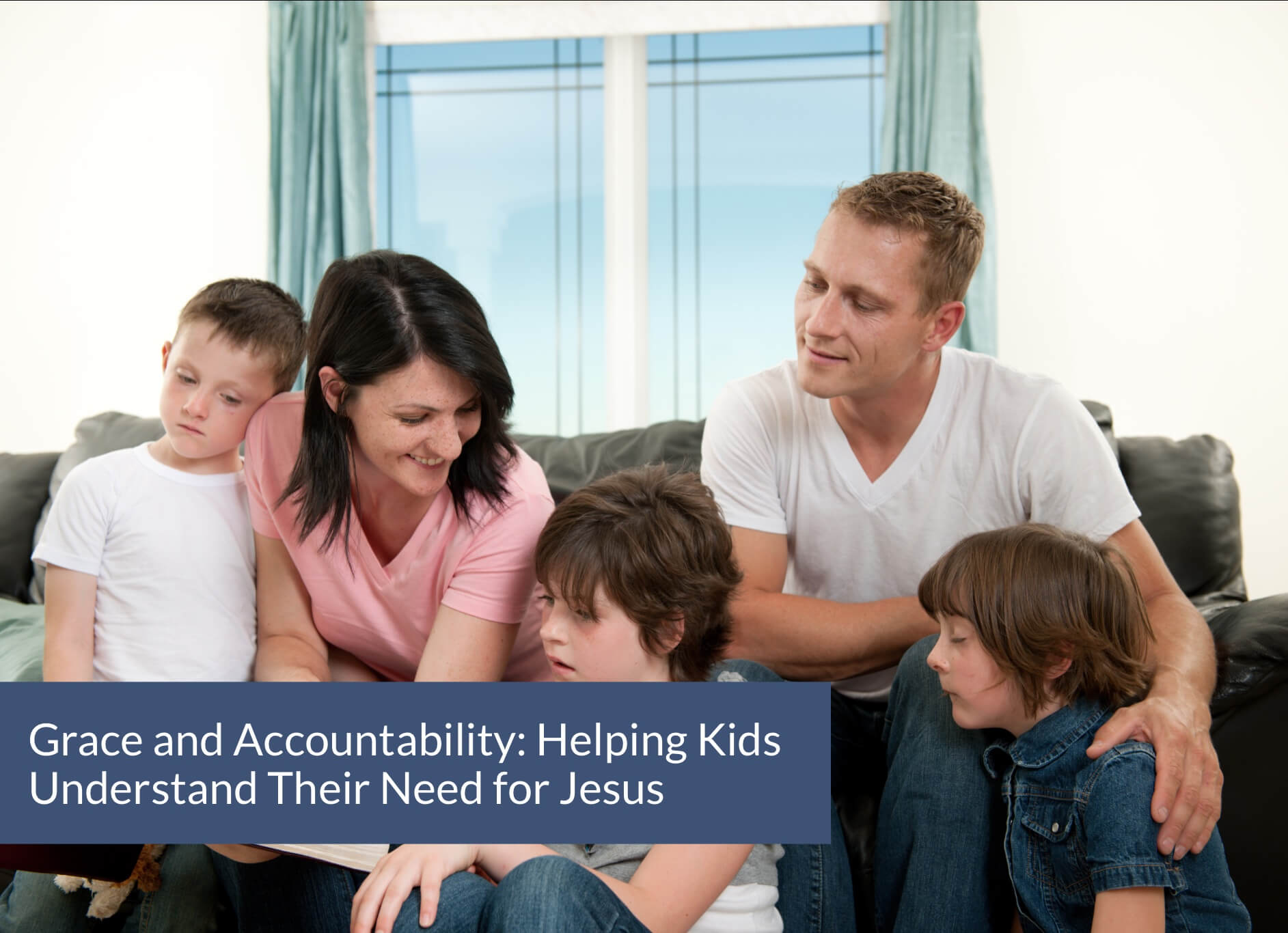
As Peacemaker Parents, we strive to embody grace, forgiveness, and love—reflecting the very essence of Jesus. However, it raises an important question for some parents: How do we help our children understand their need for Jesus' redemption, especially when we are consistently extending grace for their mistakes? Let’s explore this through a peacemaker parenting lens, emphasizing accountability and the role of the Holy Spirit.
Read more...
I remember the feeling of utter exhaustion in the early years of parenting. My brain, body, and spirit were perpetually tired - deep in my bones tired. I suppose, since every body and every story is different, some parents coast through sleepless nights without much difficulty, but if you’re reading this, I'll venture a guess that you may be navigating the foggy world of sleep deprivation that’s so common when parenting babies and toddlers (and sometimes even older kids). Sleep deprivation is one of the toughest parts of early parenting, and it’s easy to feel like you’re just trying to make it through the day on autopilot. But take heart—there are ways to support yourself and get through this challenging phase with a bit more energy and optimism. Let’s dive into some strategies that can help you thrive even when your nights are less than restful.
Read more...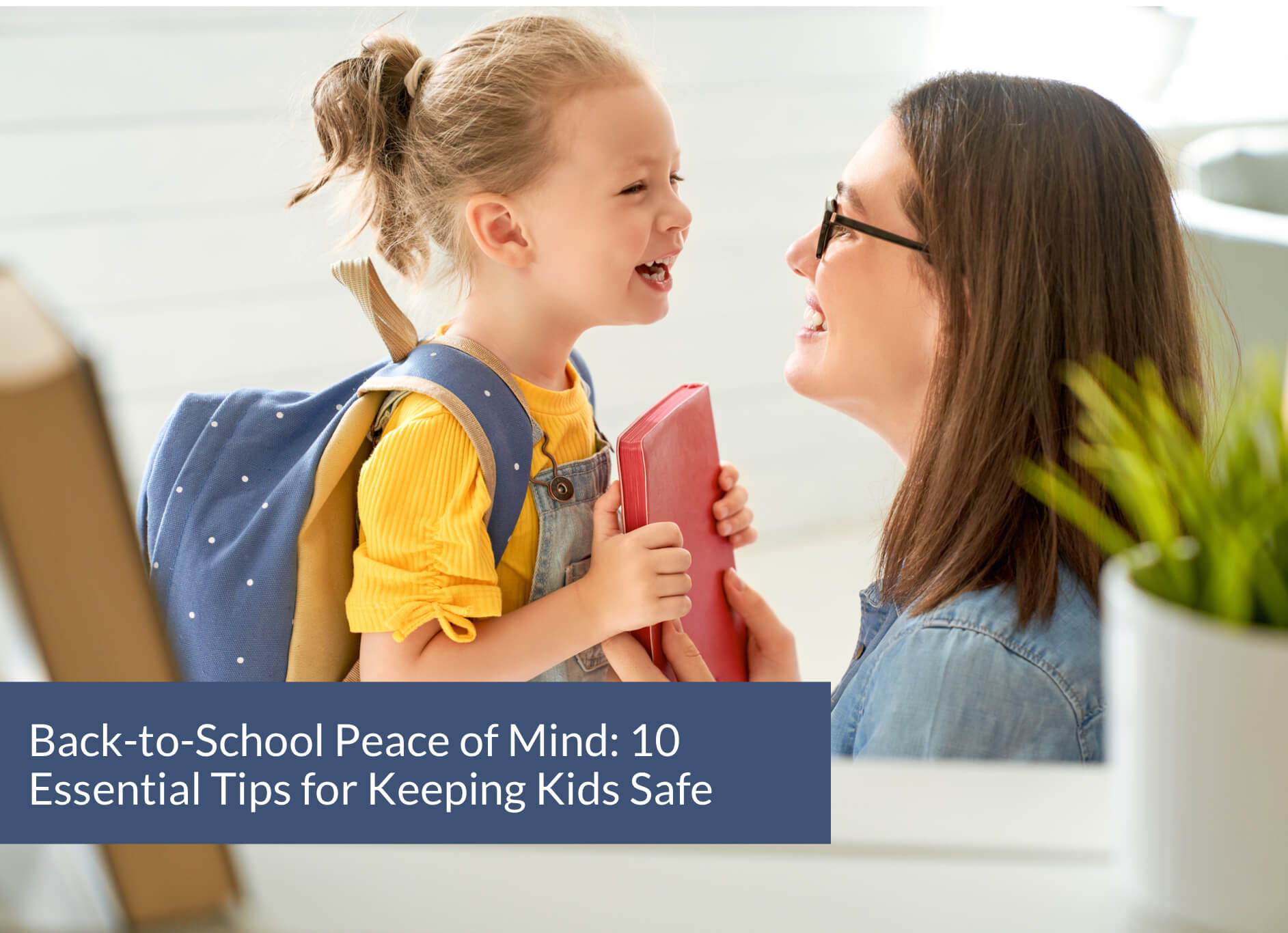
Ensuring our little ones stay safe outside our direct supervision is one of the toughest parts of parenting. While we recognize the importance of them gaining independence, it’s hard to even think about the possibility of something bad happening to them! Understanding potential risks and being prepared has huge benefits–of course, it can keep our kids safe, but it can also give parents some much-needed peace of mind. Knowing warning signs and having a plan in place not only helps us act quickly if needed but also gives us the confidence to let our kids explore and grow with a sense of independence. This balance between being vigilant and trusting our children allows them to thrive while we maintain our peace of mind. Here are some time-tested tips on how to keep young kids safe at daycare, school, or anywhere outside of our direct supervision...
Read more...

